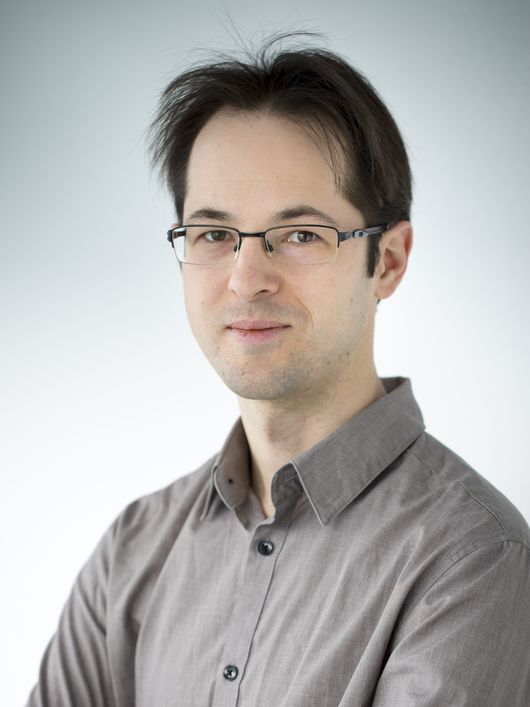Which field of research have you just received an award for?
The award recognises the work of a researcher at the start of their career. The part of my research work having had the most impact is linked to what we call sparse coding. In science, it is relatively common to look for a mathematical model that can enable certain observations to be explained. When you have to choose between several models that seem equally plausible, the principle of sparsing tells us to opt for the simplest model, involving the smallest number of problem variables.
Part of my work is linked to the automation of this principle in order to rapidly process a significant amount of data, in particularly for visual model learning. In the context of images, the principle of sparsing is reflected by the fact that an input signal is approximately the sum of a small number of elementary patterns.
In concrete terms, what is the scope for this work?
It is possible to reach a large number of scientific fields with the same algorithms and mathematical models. I have therefore been able to work with visual models for image restoration (removing the sound or blur from an image) and the automatic recognition of image content. These models can also be applied in other contexts. As a result, I am regularly contacted by people using my work for problems in biotechnology, the neurosciences or medical imaging for example.
What are the future challenges and issues in this field?
Over the last few years, technology has improved greatly with regard to visual recognition. For example, about 10 years ago we were working on databases containing around 10,000 images and around 20 object classes. Today, we are driving more complex models on several million images, capable of recognising around 10,000 different objects.
We are increasingly moving towards models that fully integrate visual recognition and natural language, so that a computer can automatically describe image content with meaningful sentences. Part of the challenge is to develop tools that will be able to process more and more information!
Big data is generated and available daily just about everywhere, whether in the medical sector or the automobile sector, in order to develop driverless vehicles for example. Technology will have to address this, as all of this information needs to be processed. Ultimately, another challenge is to improve unsupervised (or weakly supervised) learning, i.e. develop systems that do not require an enormous amount of manually labelled data, as is the case today.
What does the PAMI award represent for you?
It is important recognition for my work on learning and artificial vision. It is also recognition on an international level, and therefore very gratifying as it is a very prestigious prize. I am honoured to have been awarded it.
|
PAMI: a prestigious award The PAMI (Pattern Analysis and Machine Intelligence) Young Researcher Award is awarded each year by the IEEE Computer Society, the biggest international association in the field of information technologies. The prize, which recognises the work of a young researcher in the seven years following the publication of their thesis, was awarded to Julien Mairal during the 'Computer Vision and Pattern Recognition' conference that took place last July in Hawaii. |
